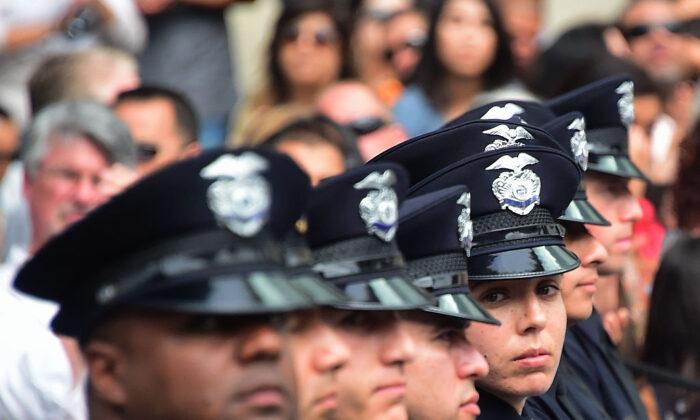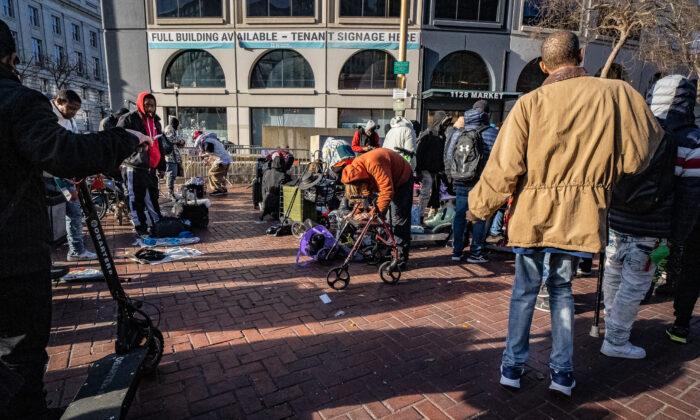Following in the footsteps Los Angeles Mayor Karen Bass put forth last month, the Los Angeles County Board of Supervisors voted unanimously Jan. 10 to declare a local state of emergency on homelessness.
Authored by Supervisors Lindsey Horvath and Kathryn Barger, the motion aims to address this “critical crisis” through the expansion of its response to include city, state, and federal partners.
“This local emergency order will allow the county to streamline and accelerate contracting procurement and hiring related to homelessness while also accelerating the creation of licensed beds, interim housing, and permanent housing for unhoused individuals throughout the region,” Horvath said during the Jan. 10 board meeting.
The funds for the emergency proclamation will be taken out of Measure H, which was passed in 2017 by voters as a quarter-of-a-cent sales tax to combat homelessness countywide.
The supervisors’ motion calls on both the county and the city to commit to working together since each “entity is responsible for different aspects of the solution.”
The latest point-in-time count in 2022 painted a grim picture of the crisis, as Los Angeles County had 69,144 homeless people, with about 70 percent unsheltered, the highest metrics nationwide. More than 42,000 homeless people were recorded in just the City of Los Angeles, according to the count.
Since 2015, the number of unhoused individuals in Los Angeles County has increased by 55 percent.
Officials said last year’s count revealed 39.5 percent of the homeless suffer from serious mental illness and substance abuse. The city and county do not require housing services to have mandatory rehabilitation programs once a homeless person receives temporary shelter or housing. Often times, it requires outreach workers to offer services to individuals several times before they will accept.
“My goal, and I know this board’s goal is not only to get individuals housed, but it’s to keep them housed. And one of the ways that you can do that is to provide the services that they need and whether it be substance abuse, mental health or even job training,” Barger said during the meeting Tuesday.
In addition to proclaiming the emergency, the motion also directs county staff to speed up the process for contracting and processing outreach services needed, as well as expedite the hiring of staff for homeless services and housing, both interim and permanent.
The motion also calls for “the development of new affordable housing, including land-use policy decisions to permit such housing, which is a function of cities and of the County in unincorporated areas.”
Officials will report back on the emergency proclamation’s progress in six months, and in one year they will meet again to determine whether the order should be terminated, extended, or modified.
On the city level, the municipal emergency declaration allows Mayor Bass to take more aggressive executive actions to confront the crisis, though the City Council will have to sign off on the declaration every 30 days.
Former LA Mayor Tom Bradley in 1987 was the last mayor to proclaim a local emergency on homelessness and cited the effect of winter weather on unsheltered homeless people, according to the declaration.
Despite a wide range of services provided by the Los Angeles Housing and Services Authority (LAHSA)—the central hub for homeless services in the county and city—and paid by Measures H and HHH, the motion said that while thousands of homeless individuals have been placed into housing each year, officials can’t keep up with the rate of new homeless individuals.





